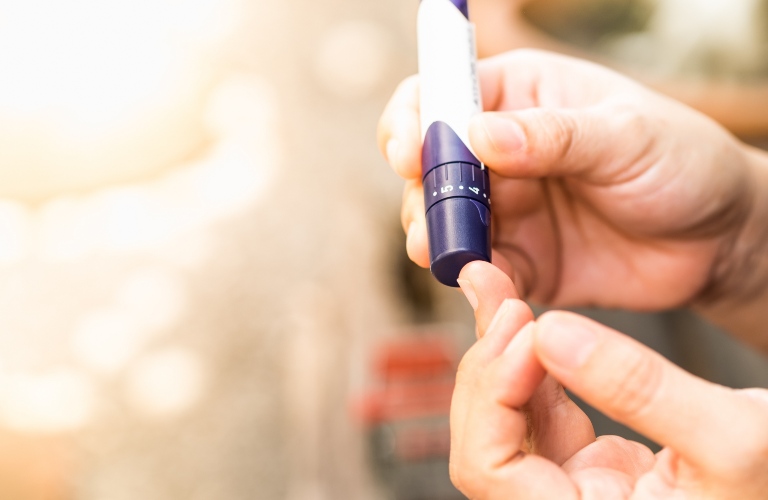
There are a lot of conditions, illnesses, and disabilities that will qualify you for disability, but what about diabetes? Can you get SSDI for diabetes? That’s actually a tricky question. We will dive into it, look at the Social Security Blue Book, and help you find out if you might qualify and should apply.
Is Diabetes in the SSA Blue Book?
The Social Security Administration or SSA keeps a book called the Blue Book that identifies hundreds of qualifying disabilities for SSDI and other similar programs. This book is available online for you to browse through. Not only does it list many disabilities, but it also outlines the symptoms of each disability that would qualify you for SSDI. We’ll talk more about that in a minute though.
If you look hard, you’ll see that diabetes is NOT listed in the Blue Book. This is not an oversight or an accidental omission. Up until 2011, it was a listed condition in the Blue Book, but in 2011 it was removed. This may seem unfair, but there is actually a good reason why.
Why is Diabetes Not in the SSA Blue Book?

Diabetes, for many people, can be managed very well. Both with type 1 and type 2 diabetes, administering insulin and a change in diet is enough to manage and in the case of type 2 can sometimes even reverse the need for insulin in the first place.
That certainly doesn’t describe everybody though. What happens to people who have diabetes and are suffering from severe symptoms including neuropathy, coronary artery disease, chronic heart failure, or have even had to undergo amputation of extremities?
This is where the reason for the exclusion of diabetes will become obvious. All of those symptoms that we just mentioned are listed individually in the Blue Book. The reason for the exclusion of diabetes actually came down to the qualifying symptoms.
Read More: How Much Could SSDI Increase in 2024?
How do Qualifications for SSDI Work?
For the most part, having a disability alone is not enough to qualify you for SSDI. All it does is point the SSA in the right direction for making a determination. Under each disability is a list of symptoms and how severe they have to be for you to qualify. Since many of the more severe diabetes symptoms are disabilities in their own right, a reviewer would look at these categories to make a determination.
This does get a little more complicated because severe diabetes can lead to more than one of these conditions. In scenarios like that, neither disability may have qualifying symptoms on their own, but the sum of those symptoms may be enough to qualify you for SSDI.
At the end of the day, there is always room for interpretation as everyone’s situation is different and this is why it is very important that you fight for your SSDI. You are very likely to get rejected the first time, but that is just the beginning of the fight.
At the end of the day, with or without the Blue Book, the SSA is looking for an answer to the question of whether or not you are able to work in a meaningful way.
Top 5 Reasons for Denied SSDI Claims
Get Legal Help With Your SSDI Diabetes Claim
If your claim for SSDI has been denied and you have diabetes with symptoms that prevent you from working, then it’s time for you to seek legal help. Reach out to the team at Tabak. We only take payment if you win and we only take payment out of your back pay so there is no risk to you. Reach out to us today for a free case review.
Nothing posted on this website is intended, nor should be construed, as legal advice. Blog postings and site content are available for general education purposes only.
